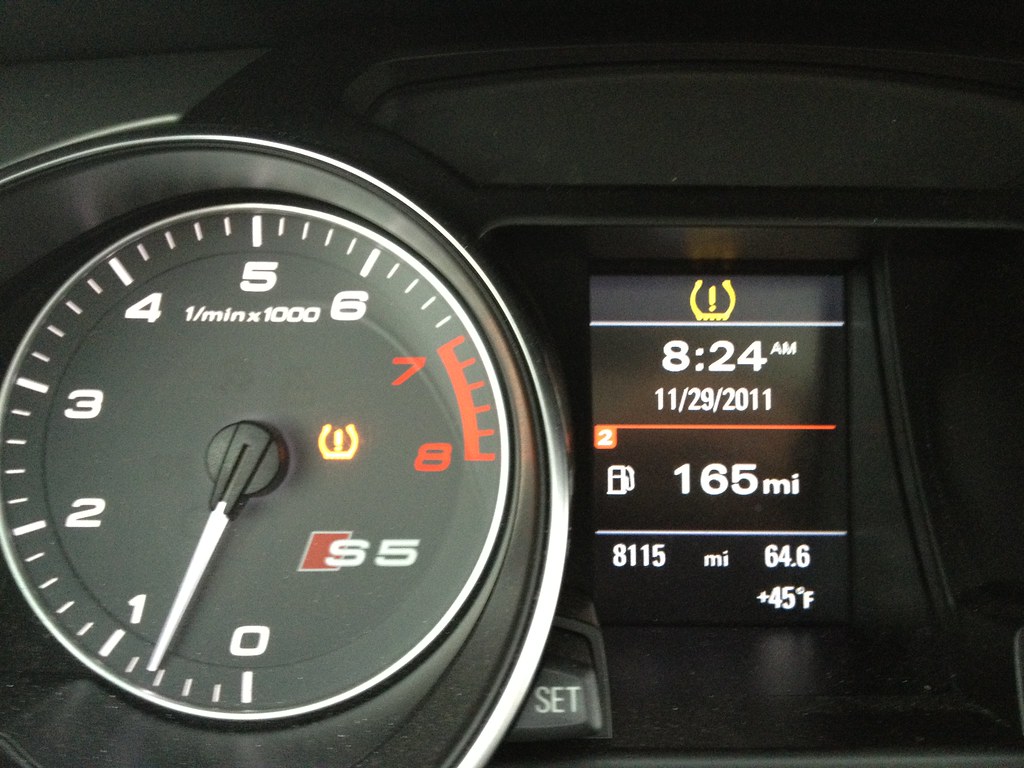
We’ve all been there—you start your car, and that little horseshoe-shaped light with an exclamation point pops up on your dashboard. Yep, it’s your tire pressure warning light, and while it might seem like a small issue, it plays a big role in keeping you safe on the road. The Tire Pressure Monitoring System (TPMS) in your vehicle is designed to alert you when the pressure in one or more of your tires drops below the manufacturer’s recommended level. This isn’t just about convenience—it’s a major safety feature.
Driving on under-inflated tires can lead to decreased fuel efficiency, uneven tire wear, poor handling, and even dangerous blowouts. In fact, the National Highway Traffic Safety Administration (NHTSA) estimates that underinflated tires are responsible for over 600 deaths and 33,000 injuries each year in the United States alone. The TPMS is an advanced system that monitors tire pressure in real-time, helping to prevent accidents and improve vehicle performance. Constant monitoring is key to maintaining safe driving.
When this illuminated signal, which plays an essential role in driving safety, indicates that there is a problem that requires immediate attention, it’s crucial not to ignore it. This comprehensive guide, informed by expert analysis and practical advice, aims to empower you with the knowledge to understand why your tire pressure light comes on, and more importantly, what actionable steps you can take to address the issue promptly and effectively, ensuring your safety and extending the life of your tires.
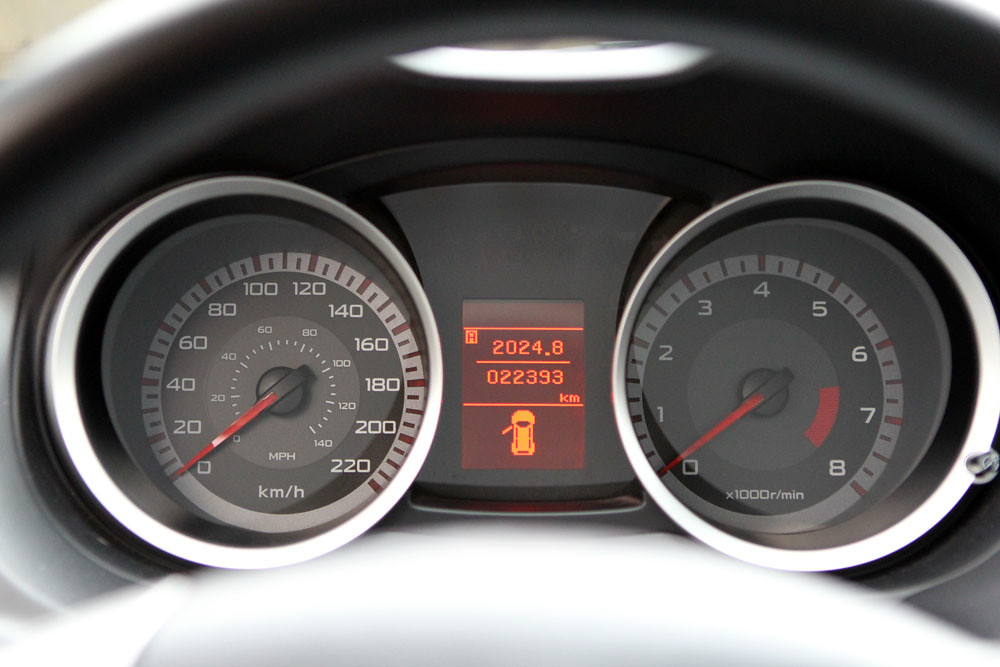
1. **Low Tire Pressure (General & Seasonal Changes)**This is, without a doubt, the most straightforward and common reason your TPMS light illuminates. When the TPMS activates, it’s typically because the pressure of any tire falls below 25% of the recommended level, prompting an immediate check. Underinflation, where air pressure is lower than recommended, can stem from worn-out tires, damage, or simply infrequent pressure checks.
Beyond general leakage or infrequent checks, seasonal temperature changes are a significant, yet often overlooked, culprit. Tire pressure fluctuates with weather; as temperatures drop in fall and winter, so does the air pressure. For every 10-degree drop, tire pressure can decrease by 1-2 PSI, a common reason the light appears on cool mornings. A sudden cold spell after a warm day can also quickly lower tire pressure enough to trigger the ECU.
Cold air is denser, meaning tires filled on a cold morning to the correct pressure can become overfilled later in the day when it’s warmer. Conversely, the pressure also tends to rise by about 3 psi while driving due to the car warming up. This dynamic relationship between ambient temperature and tire pressure underscores the importance of regular checks, especially with significant weather shifts. Inflating tires to the recommended PSI, found on your driver’s side door sticker or owner’s manual, is the primary solution.
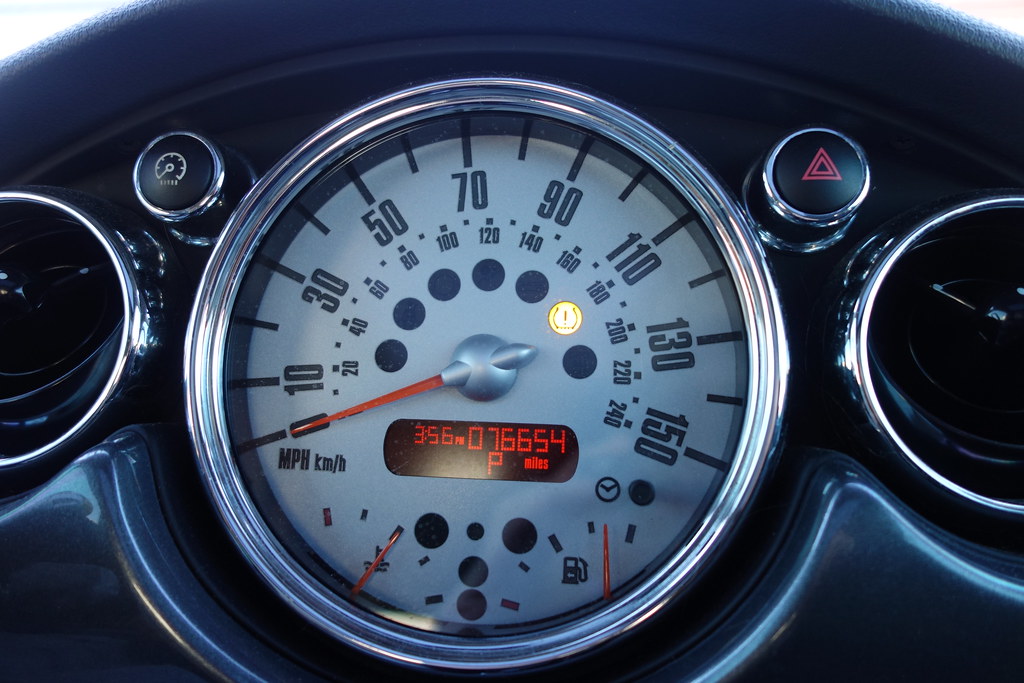
2. **Slow Leaks or Punctures**Sometimes, the TPMS light isn’t just reacting to a general pressure drop; it’s signaling a more insidious problem: a slow leak or a puncture. Nails, sharp debris, or even a slightly loose valve stem can cause a gradual, often invisible, loss of pressure. This continuous, subtle pressure loss is precisely what your TPMS is designed to detect and warn you about, even if the tire doesn’t appear visibly flat.
The consequences of such seemingly minor issues can escalate quickly. A slow leak can lead to rapid deflation at high speeds, posing a significant safety risk, as reduced traction, increased stopping distance, and poor handling become immediate concerns. It also promotes premature and uneven tire wear, ultimately increasing replacement costs and shortening tire lifespan. Addressing any indication of a leak is paramount, regardless of the tire’s visual appearance.
A thorough visual inspection of your tires, alongside pressure checks, is crucial if a slow leak is suspected. Look for cuts, punctures, or embedded objects that could be the source. While minor tread punctures can sometimes be repaired, sidewall damage usually requires full tire replacement. If you identify a foreign object, avoid removing it yourself; it might be temporarily sealing the leak. Instead, seek professional assistance for a proper assessment and repair.
Read more about: 9 Critical Tire Pressure Myths Experts Want You to Stop Believing Now
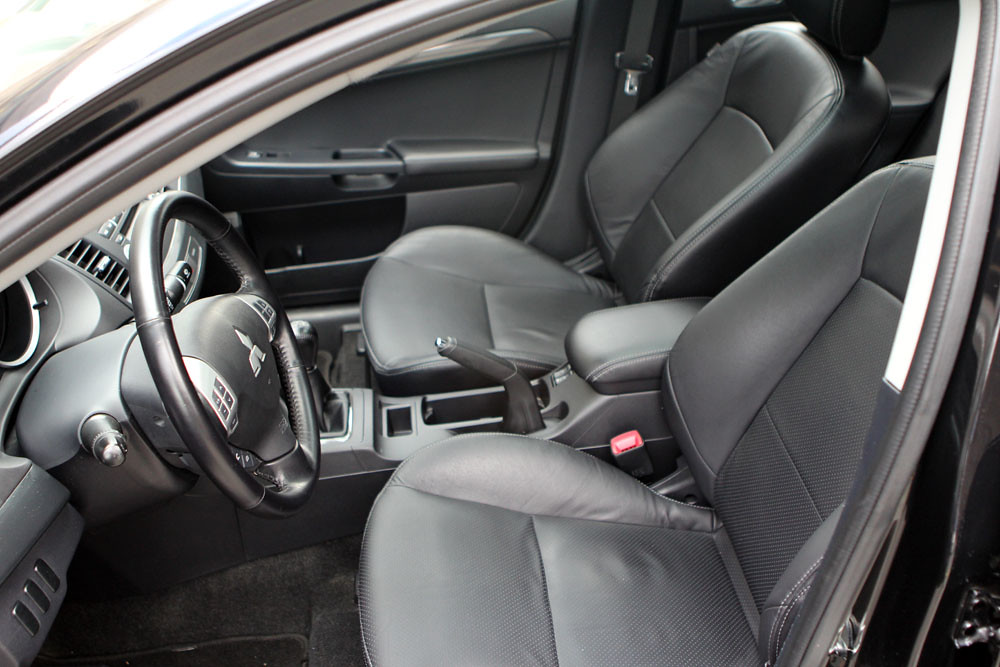
3. **Malfunctioning TPMS Sensor (Direct Systems)**Even if your tires are perfectly inflated, a persistent TPMS light might indicate a problem with the system’s hardware, specifically a malfunctioning sensor in vehicles with direct TPMS. Most direct systems use physical sensors within each tire, often attached to the valve stem. These sensors are susceptible to damage and typically have a lifespan of 5-10 years, primarily due to their internal batteries.
When a TPMS sensor’s internal battery dies, it can no longer transmit pressure data, causing the system to register a fault and illuminate the warning light. These batteries are generally not replaceable, meaning the entire sensor needs replacement. Beyond battery life, age-related wear and tear to gaskets, seals, valve caps, or the sensor’s core can also cause malfunctions, leading to false alerts or inaccurate pressure readings.
Furthermore, introducing substances other than air or nitrogen into the tire can damage these delicate sensors. Flat-repair sealants, like Fix-A-Flat, are notorious for gumming up and corroding sensor components, rendering them inoperative. Many tire shops advise replacing the sensor if a tire treated with such products has been repaired, as the damage can compromise the TPMS’s long-term reliability.

4. **Faulty Wheel Speed Sensor, ABS, or ECU (Indirect Systems)**While direct TPMS systems use individual sensors, many vehicles employ an indirect TPMS, which foregoes physical pressure sensors in the tires. Instead, it leverages existing Antilock Braking System (ABS) components, specifically wheel speed sensors, to infer tire pressure. The Engine Control Unit (ECU) analyzes each tire’s rotational speed; if one tire has low pressure, it rotates differently, signaling a potential problem.
Consequently, if your indirect TPMS light illuminates despite correct tire pressures, the issue likely resides within this system’s components. A faulty wheel speed sensor, crucial to the ABS, can transmit inaccurate data to the ECU. Similarly, a malfunction within the ABS module or the ECU processing this information can generate a false warning, indicating a non-existent tire problem to the driver.
Diagnosing indirect TPMS issues is often more intricate than with direct systems due to the interconnectedness of various vehicle components. If the TPMS light persists despite accurate tire pressures and the absence of direct sensors, a professional diagnostic tool becomes essential. This tool allows communication with your vehicle’s ABS and ECU, pinpointing the exact sensor or control unit sending erroneous signals, thus ensuring the accurate resolution of the persistent warning.

5. **Delayed Sensor Reset / System Recalibration**You’ve checked your tires and inflated them correctly, yet that stubborn TPMS light remains on. This common scenario often signals a delayed sensor reset or a need for system recalibration. Even after pressure adjustments, the TPMS might require a few miles of driving to reset itself. Often, driving for about ten minutes at a constant speed allows the ECU to relearn new pressure values and automatically extinguish the light.
However, a simple drive isn’t always sufficient, particularly after specific maintenance. Following tire rotations, alignments, or suspension work, the vehicle’s TPMS system may require recalibration. Moving tires to new positions or installing new ones necessitates a “relearning” process. If this crucial step is overlooked or done improperly, the system can become confused, causing the light to stay illuminated, falsely indicating a problem.
TPMS reset or recalibration procedures vary significantly by vehicle. Some reset automatically, while others need a manual reset button, often located under the steering column or in the glovebox. Always consult your owner’s manual for specific instructions for your vehicle. If the light persists after inflation, driving, and a manual reset attempt, professional recalibration is likely needed to synchronize the system.
Read more about: From Seamless Drives to Software Snafus: Unpacking the Digital Divide in 10 Brand-New Cars
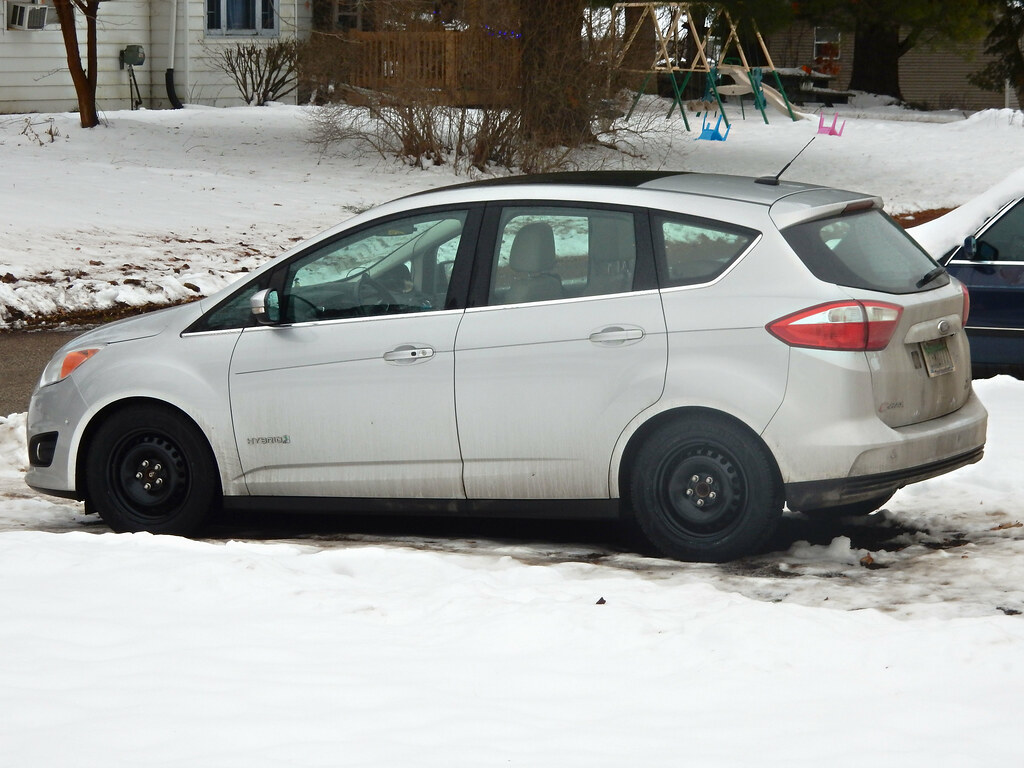
6. **Improper TPMS Sensor Installation/Reprogramming After New Tires**Just got new tires and the TPMS light is on? This common issue often stems from how sensors were handled during replacement. When installing new tires, existing TPMS sensors must be carefully transferred and correctly reinstalled. Crucially, they often need reprogramming or “relearning” by the vehicle’s system to ensure proper communication with the car’s computer.
Incorrect reinstallation or programming means sensors might not communicate effectively, leading to a persistent TPMS warning. Another common issue arises when drivers purchase used tires lacking TPMS sensors, or those with incompatible or dead-battery sensors. For instance, winter tires might not have the correct sensors, causing the light to remain on.
Most vehicles require a TPMS reset after new tire installation. If this vital step is missed by the installer, the system will continue faulting due to a lack of expected data from the new setup. The issue isn’t typically the sensors themselves, but the disrupted communication pathway. In such scenarios, a professional service center with specialized diagnostic tools can re-synchronize everything by correctly reprogramming the sensors to your vehicle.
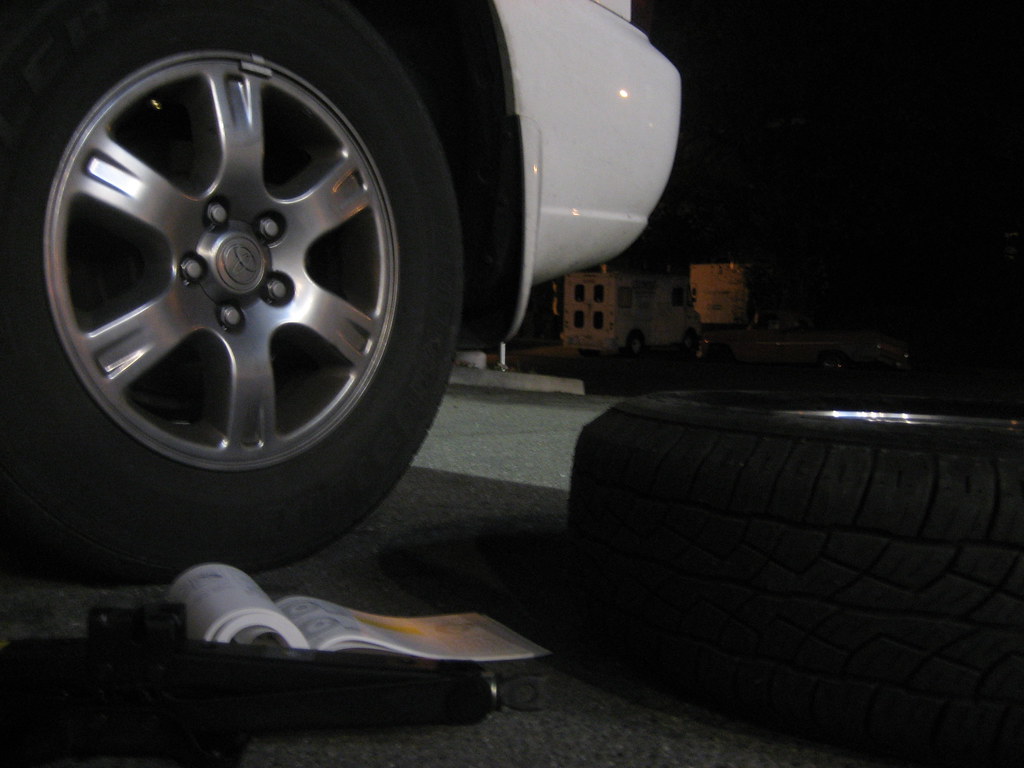
7. **Low Pressure in Spare Tire**An often-forgotten culprit for an illuminated TPMS light is the spare tire, catching many drivers by surprise. While not all vehicles monitor their spare, those with a TPMS sensor in it will trigger the warning if its pressure drops. This often happens because the spare is overlooked during routine checks of the four active road tires.
Far from an inconvenience, this feature is a beneficial safety measure, ensuring your spare is always ready. Discovering a flat or severely underinflated spare only when urgently needed on the roadside can escalate an inconvenient situation into a dangerous one. Thus, if your TPMS light is on after checking your primary tires, remember to inspect the spare.
Read more about: Above the Clouds: 15 Foods Pilots and Experts Strictly Avoid on Airplanes for a Smoother, Healthier Flight
Incorporating spare tire pressure checks into your regular maintenance routine is crucial. Consult your owner’s manual to confirm if your spare has a TPMS sensor and its recommended inflation pressure. Addressing low pressure in the spare is typically simple: inflate it to the correct PSI. After proper inflation and a short drive, the TPMS light should extinguish, confirming this often-overlooked tire as the cause.



